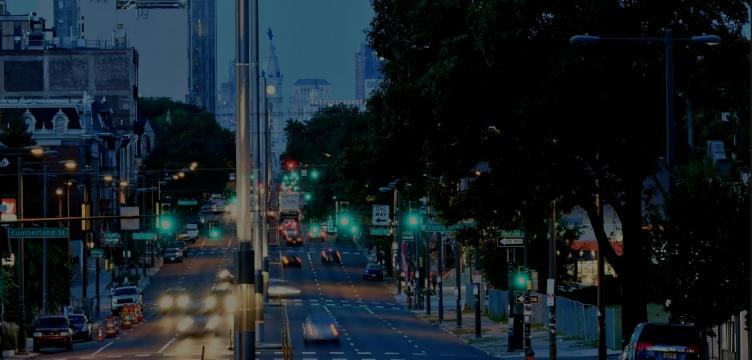The Hub 8/31/18: Clean Air Council’s Weekly Round-Up of Transportation News

“The Hub” is a weekly round-up of transportation related news in the Philadelphia area and beyond. Check back weekly to keep up to date on the issues Clean Air Council’s transportation staff finds important.
Plan Philly: A day in the life of Philadelphia, and the people who make it go – Every day, thousands of public servants perform a wide range of tasks that make life possible in the bustling metropolis of Philadelphia. From making sure we have clean water flowing into our homes, to ensuring we get to work on time, city agencies work in concert to get us all through the day.
Mobility Lab: What American cities can learn from Seoul’s 2004 bus redesign – In the early 2000’s Seoul’s bus network was in a death spiral. The city launched a massive redesign, creating streamlined service that focused on efficiency and frequency, as well as first/last miles rail connections. Bus ridership recovered rapidly, and subway ridership increased at the same time. Today, Seoul has a world class transportation system, including a robust and speedy bus network.
City Lab: The Longest 4 Miles – Though Brooklyn and Queens are adjacent geographically, the way New York City developed has made travelling between the two boroughs difficult, often requiring circuitous routes thanks to NYC’s Hub and Spoke model of planning. Seven participants used different modes, including Revel, the new moped sharing start-up, to race from Bushwick, Brooklyn to Long Island City in Queens.
VOX: No helmets, no problem: how the Dutch created a casual biking culture – There is a distinction in the Netherlands between the sporty cyclists and the cyclists that are just people on bikes. Bikes hold a significant mode share of urban transportation, leading it to being a major part of the Dutch cultural consciousness. Schools give cycling skills classes as opposed to drivers education classes in the U.S.
Strong Towns: When should you use behavioral science to make pedestrians safer, and when should you use pavement? – Low cost, easily reversible changes to the built environment can have a major impact on drivers’ speeds. Something as simple as renaming a road, or adding signs reminding drivers of children at play can have a significant impact on safety.
Image Source: Plan Philly

